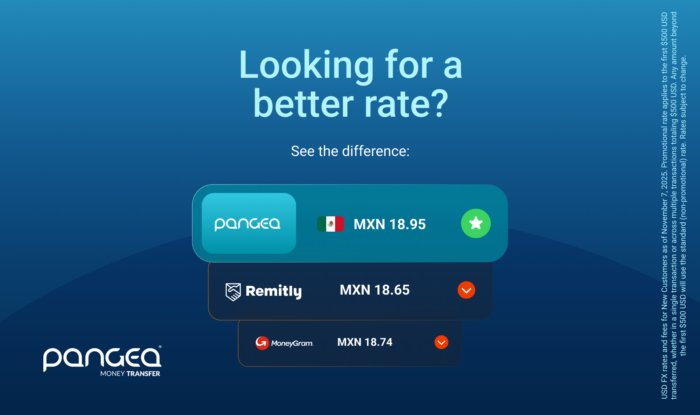What it means for you and your budget.
It would be impossible not to notice that the cost of things has gone up over the last year. From astronomical gas prices to increased costs on basic necessities like groceries, consumer prices have been on the rise. In fact, in February, they skyrocketed at the fastest pace in 40 years. It’s stressful, it’s confusing, and it’s impacting families everywhere.
There’s a solution on the horizon: The Fed is planning to raise interest rates several times this year. But what does that mean for the average household? Here’s a quick primer on rising interest rates.
What’s happening:
Since the pandemic, it’s been all about inflation. Supply chain issues combined with a post-pandemic demand for goods have increased pricing on everything from gas to milk to energy. To even things out, the Federal Reserve is going to raise interest rates.
The Fed is essentially the central bank of the United States, and its job is to keep the country’s economy humming along smoothly, with high employment rates and stability when it comes to the cost of items both large and small.
Starting this month, the Fed will start to inch interest rates up, and plan to follow suit several times throughout 2022. This will make it harder to borrow money and easier to save, and when there’s less money circulating out there it slows inflation, which will help with daily purchases like gas, food and other essentials. The change won’t happen overnight, but we should see costs start to taper off through the rest of the year.
One thing to note is that interest rates have been at historic lows, and the Fed hasn’t raised them since 2015. So while interest rates are on the rise — and may impact your financial life — they are still relatively low compared to past years.
What this means for big purchases:
With higher interest rates, borrowing any sort of money becomes more expensive, as you’ll be paying back more. This impacts any type of debt. Interest rates on auto loans, business loans, student loans and other large borrowed sums will go up several percentage points. Credit card interest rates are set to increase, making monthly payments higher. Mortgage rates are set to rise, cooling off a hot market and making it harder and costlier to buy real estate.
Now is the time to think long-term about any debt. If you carry any, it’s a good time to start chipping away before rates go up again. See if you can lower that credit card debt, or transfer to a lower-interest card. If you own a home, look into refinancing your home to lock in these low interest rates before they rise. A few strategic moves on the financial front can make a big difference in the long run.
What this means for your savings:
Now, here’s the good news. When interest rates go up, it’s a great time to start saving money, even if it’s just a small amount every month. If you have a savings account, a checking account or other interest-accruing accounts, the amount you can earn simply for storing your money just went up. Pro tip: putting money into a higher-yield online savings account typically earns more interest than traditional banks, as there’s more competition for your business. Some are offering as much as .50 percent per year, compared with an average of .15 percent at a traditional bank.
Take a moment to research the best high-yield accounts to take advantage of this interest hike. Then put a little money aside each month, earn a bit extra for free, and you’ll be setting yourself up for a stronger financial future.




